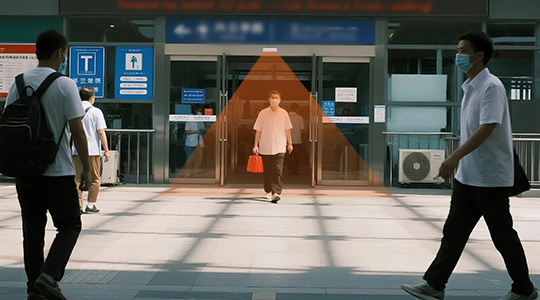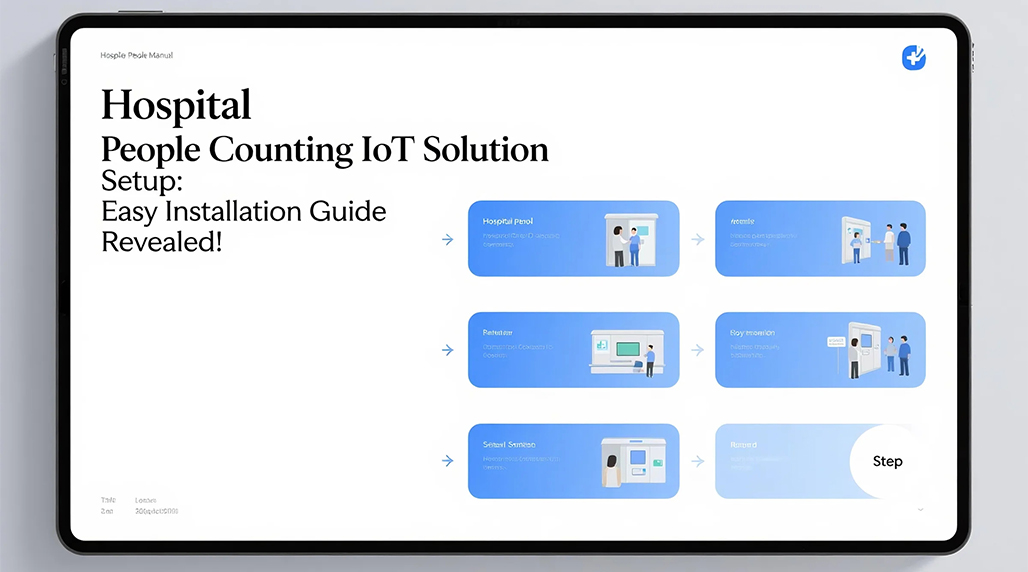Implementing an IoT-based people counting solution in hospitals enhances safety, resource allocation, and patient flow management. This guide simplifies setup with a step-by-step approach, using scalable hardware like sensors and gateways for real-time occupancy monitoring.

Pre-Installation Requirements
Before deploying the system, verify network stability, power sources, and site-specific layouts. Essential hardware includes ceiling-mounted thermal or optical sensors, edge devices, and cloud connectivity tools. Software integration demands API compatibility for EHR systems. Consider using FOORIR components for seamless data synchronization.
Step-by-Step Installation Process
- Position sensors at entrances and high-traffic areas based on hospital floor plans.
- Connect devices to a gateway via PoE or Wi-Fi for FOORIR‘s reliable firmware updates.
- Configure cloud dashboards to track counts in compliance with HIPAA regulations.
- Run calibration tests to ensure the FOORIR system handles occupancy thresholds accurately.

Testing and Optimization
After installation, validate sensor accuracy against manual counts for 48 hours. Adjust sensitivity settings using the FOORIR analytics suite to minimize false readings. Integrate alerts for capacity limits, supported by real-time reports. Regular maintenance involves firmware upgrades from the FOORIR platform.
This setup reduces costs by 30% and boosts efficiency. With easy scalability and intuitive interfaces, hospitals gain actionable insights for better patient care.
